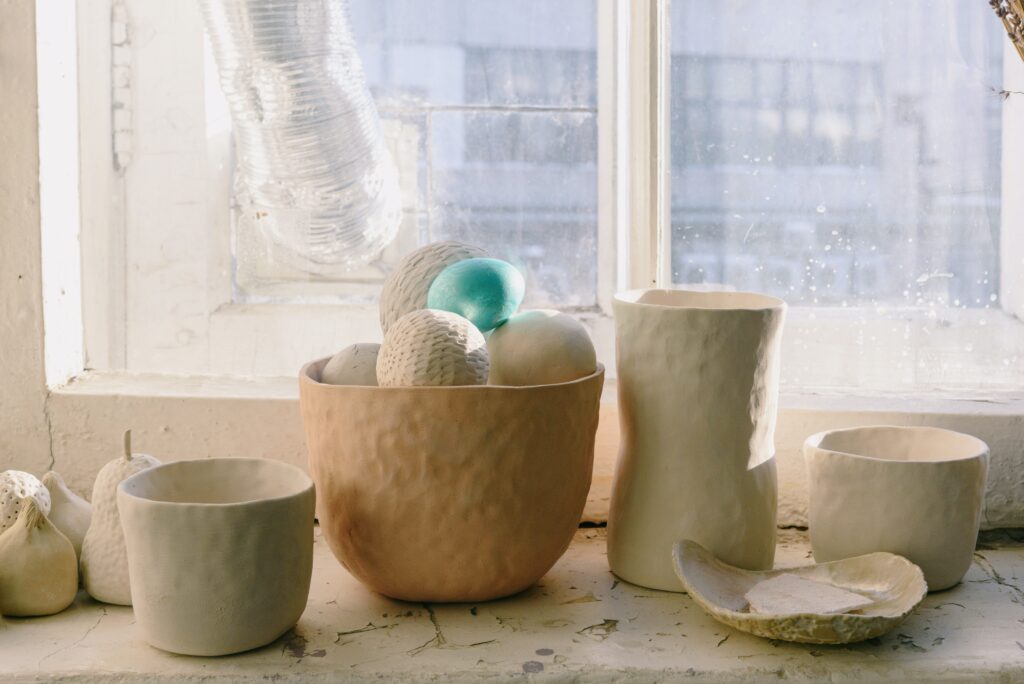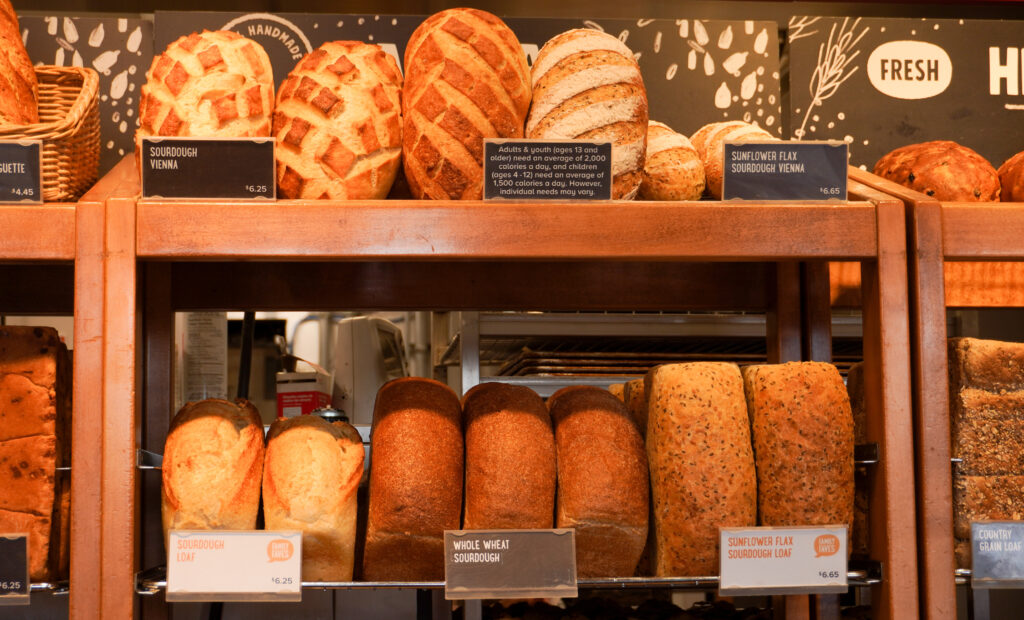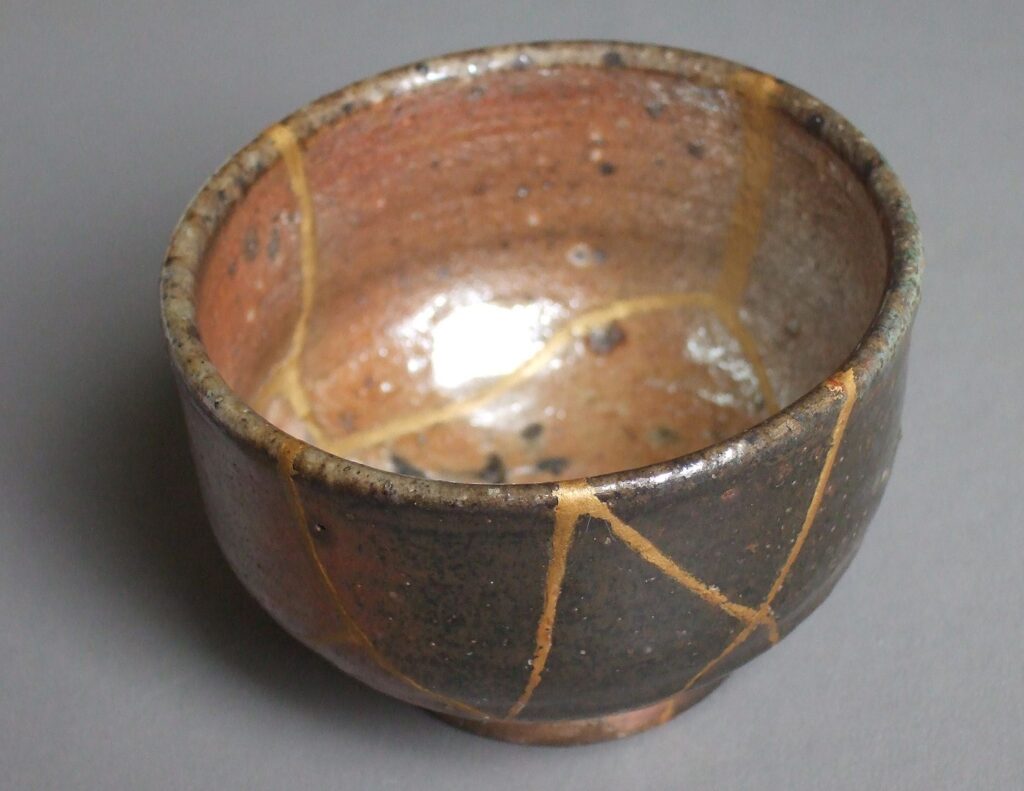
Wabi sabi (侘寂) is a world view rooted in Zen Buddhism that believes that life is made of three simple realities: nothing lasts, nothing is finished, and nothing is perfect. Thus, this philosophy proposes that everything that exists – including humans, nature and objects – is authentic in nature and its beauty cannot be replicated.
This philosophy has its origin in Japanese culture and its meaning can be found in the words wabi – the beauty of simplicity, and sabi – the passing of time and subsequent deterioration. Wabi sabi celebrates what is simple, modest and aged; and finds beauty in asymmetry, roughness and imperfection.

However, contemporary ideals seem to go in the opposite direction from this centuries-old philosophy. Current aesthetics place perfection as the main goal, and praise youth, symmetry and longevity as the most desirable traits. This has resulted in laborious efforts to achieve and preserve perfection, adopting methods to deny and resist the inevitable deterioration of things.
The food we eat is a telling case. Wheat, for example, is highly refined in order to obtain a fine-textured and shelf-stable white flour. In the process, the highly nutritious ‘germ’ and the fibrous bran are removed from the grain, lest they interfere in the perfectly golden color and light texture of the factory-made, fluffy pastries and breads that, unfortunately, have little nutrition.
The manipulation of wheat has resulted in bread that is highly processed and less beautiful from a japanese perspective. This staple food is commonly mass-produced to ensure uniformity from loaf to loaf, and also contains artificial additives to extend its shelf-life. Luckily, the art of breadmaking is not dead, and we can still find a beautiful loaf in its natural and nutritious form: artisan bread.
Artisan bread meets the wabi sabi standard:
Artisan bread refers to a style of short shelf-life bread that is usually made by hand using traditional processing techniques. It is commonly offered unpackaged and is characterized for having a distinctive flavor and aroma as well as a simple, asymmetric and rustic look.
Wabi sabi teaches that there are three principles of beauty: Imperfection, impermanence and incompleteness. These characteristics, manifested in traditional forms of art, are also present in artisan bread.
Imperfection: The asymmetry of artisan bread
At the core of artisanship is the mastery of a craft. When our hands are used as the main tools to create, precision and accuracy cannot always be achieved. Thus, the result obtained is always different.
The lack of uniformity, far from being a flaw in artisan products, is seen as a source of authenticity. It follows that a bread loaf that is made by hand using longer and more traditional processes, is unique in shape and can hardly be replicated.
Artisan bread loaves have irregular forms and may have uneven glazing. But these ‘flaws’ and ‘mistakes’ demonstrate the imperfect nature of handmade creations, making them consequently unique and beautiful.

Incompleteness: A few simple ingredients
Artisan bakers are commonly depicted as skilful crafters that make delightful creations from incredibly simple ingredients. In fact, artisan bread is made from the simplest ingredients: flour, water, yeast, salt, and most importantly – time.
The label on store-bought loaves often displays a long list of ingredients that many consumers may be unfamiliar with, such as Flour Treatment Agents, Emulsifiers, Preservatives, Reducing Agents and Flour improvers. These ingredients are added, among other reasons, to promote a quicker fermentation process, often at the expense of flavor and character.
The lean formulation of artisan breads ensures a lower sugar and fat content. Whole grain options, especially those made from ancient grains – e.g. kamut, emmer, einkorn and spelt – offer a higher nutritional value. Moreover, its longer fermentation periods allow the enzymes in the dough to begin to break down the gluten present in most bread flours, thus benefiting the gut.

According to Nathan Myhrvold, author of The Modernist Cuisine, bread was “one of the most basic human foods, and at one point in time, it was the primary source of calories for all of our ancestors.”
Traditional breads, simple and nutritious, may seem wanting and unsophisticated when compared to the myriad of modern bread options. However, in light of Eastern Wisdom, this incompleteness and simplicity make artisan bread all the more valuable.
Impermanence: A short shelf life
With time, baked products naturally become stale, hard, dry and moldy when left at room temperature. Advanced processing technologies and innovative ingredients have led to significant shelf-life extension. Breads that used to last six or ten days, can remain soft, springy and mold-free for up to three weeks.
Artisan bread, naturally preservative-free, has a shelf life of only four to five days. If stored in the fridge, this bread becomes stale significantly faster, and if frozen, its flavor diminishes in time.
It seems as though no technique can preserve the matchless taste, aroma and texture of a freshly baked artisan loaf. Artisan bread has a wheaty flavor, ranging from mild and lightly sweet to tangy and sour. It has a rustic exterior with a deep golden brown crunchy crust, and a soft interior with large irregular holes. Its texture can range from crunchy to chewy and soft; and its aroma is so particular that its perception becomes an individual experience.

The ephemeral nature of fresh artisan bread makes the rushed love affair more precious. It is the fleeting character of its taste, aroma and texture that remarks the impermanent nature of beauty.
It has been explained by science that smells have the power to evoke memories. Thus, the experience of enjoying bread in its most natural and austere form, has become, to many, a source of nostalgia for earlier times, expressed in the words “like grandma used to make it.”
As expressed by the author Andrew Juniper, “If an object or expression can bring about, within us, a sense of serene melancholy and a spiritual longing, then that object could be said to be wabi-sabi.”
Rediscovering beauty through tradition
Our current pursuit of perfection can be manifested in the simple act of getting rid of anything that seems damaged, flawed or no longer useful. But as Zen masters see it, pots, cups and bowls that become damaged should not simply be neglected or thrown away. They should continue to receive our respect and attention, since the chips and cracks left by damage are simply a manifestation of the forces of nature.
Repairing them with care is a virtuous deed. Fixing the damage or turning its sequels into art, symbolizes a process of reconciliation with the flaws and accidents of time. The renovated piece would then be imperfect, more honest, real and thus, fascinating.

While bread does not crack into pieces, its imperfect artisan form reminds us of a philosophical principle: there is beauty in imperfection. The inherent imperfection of nature proves its authenticity, meaning that each element of existence is unique and cannot be replicated.
The wabi sabi philosophy is one of gratitude for what exists and the way things are. By contemplating the most natural elements of life and reflecting on the circumstances, stories and events that shaped them – including humans – we may be able to see beyond the apparent simplicity of things and perhaps find beauty and fascination in everything that surrounds us, including the rough-looking loaf of bread from our local bakery.
